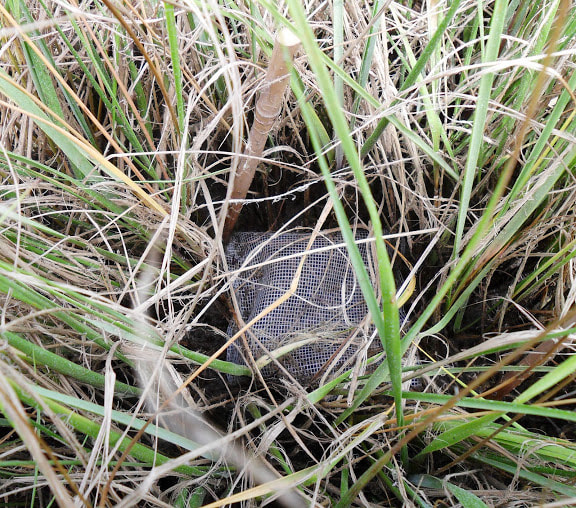Food web structure Affects carbon storage and biogeochemistry
Coastal wetlands, including salt marshes, sequester a disproportionate amount of carbon relative to their landmass; holding 30% of soil carbon while representing just 5% of Earth's landmass. Though its known that nutrient eutrophication can lead to an increased rate of CO2 being transferred to the atmosphere, it is still unknown how interactions between litter decomposition, food web structure, nitrogen additions, and soil microbial communities may facilitate or mitigate this process. Using a diverse range of techniques, including litter bag studies, genomics, transcriptomics, and nitrogen manipulations, we are attempting to unravel the interactions between invertebrate structure and their cascading effects on fungal and microbial communities to better understand soil organic matter production and greenhouse gas fluxes in salt marshes. Our results will lead to advances in our understanding of the dynamics of soil carbon sequestration and can be used to develop novel mechanistic models of this important ecosystem process.
Graduate Research: Tyler Rippel
Graduate Research: Tyler Rippel

